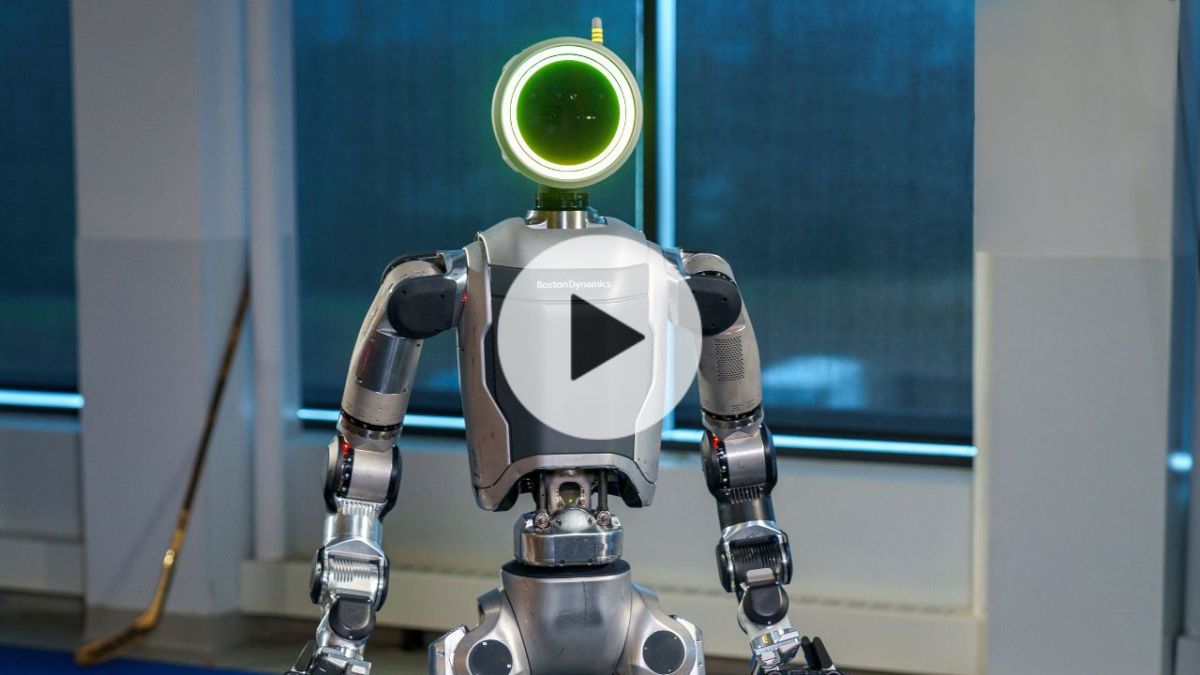Boston Dynamics has retired its well-known Atlas robot powered by hydraulics this week, replacing it with a new Atlas robot powered by electricity. According to TechCrunch’s Brian Heater, the previous hydraulics system was considered outdated, prompting the switch to electric power. The new Atlas robot is sleeker and boasts improved range-of-motion, showing Boston Dynamics’ commitment to innovation. The ability of a humanoid robot to contort and maneuver effectively opens up new possibilities for use cases and work environments.
Although the details of the new Atlas robot are still evolving as it remains a work in progress, it will initially be deployed in Hyundai factories before being introduced to the broader market. In addition to Boston Dynamics, several other startups like Figure, Agility, and Tesla are also making advancements in humanoid robot technology, indicating a growing interest in this field.
The integration of AI is expected to play a crucial role in enhancing the capabilities of robots, enabling them to learn and perform a wider range of tasks without direct programming. While the transition towards incorporating language and code writing capabilities into robots may take time, the future of robotics development looks promising. With multiple companies actively working on humanoid robot projects, the pace of progress is expected to accelerate, bringing us closer to the realization of a versatile, AI-powered robot.
Looking ahead, the collaboration between AI and robotics holds great potential for transforming robots into adaptive and intelligent machines that can learn and evolve over time. This convergence of technology signals a promising future for robotics, where advanced robots equipped with AI capabilities can revolutionize various industries and everyday tasks.


